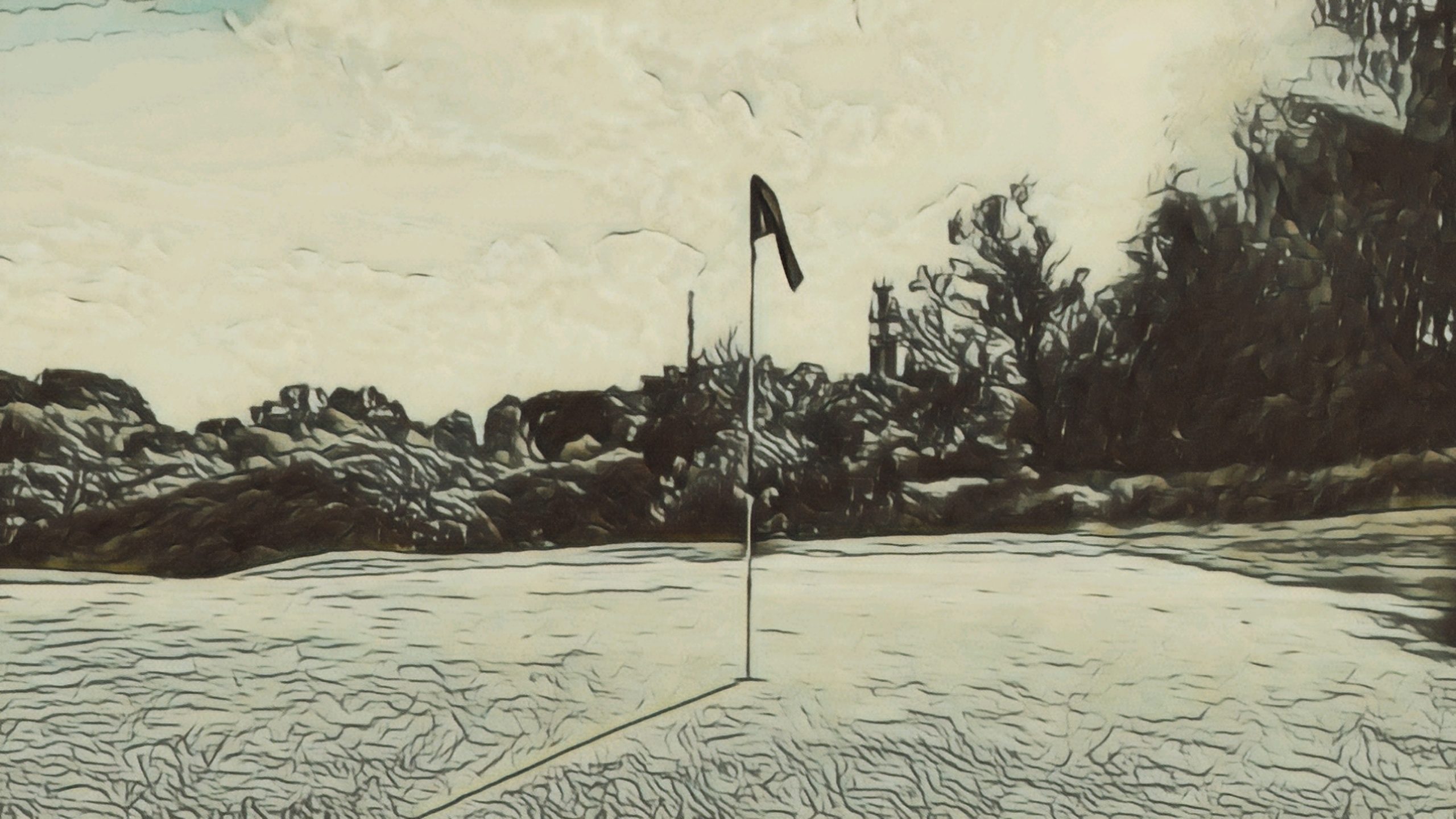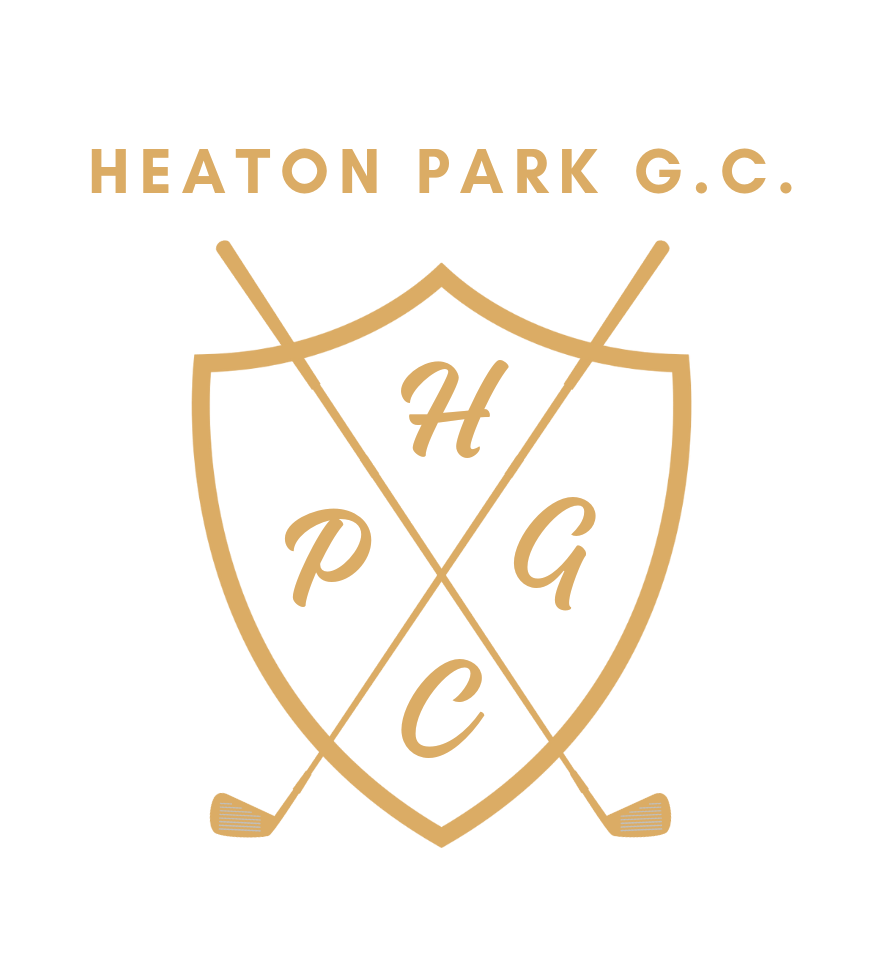Beginnings
Heaton Park opened to the public as a municipal recreation area in 1904. A centenary exhibition to mark this milestone took place in Heaton Hall in 2004. Heaton Park Golf Club played a small part in this by exhibiting its premier trophy, The Sir Charles Behrens Trophy, along with the original minute book which has a record of the formation of the club, plus the original members book containing the names of founding members.
Heaton Park Golf Course was designed by John Henry Taylor, who had only recently won The Open Championship, and went on to win the title again in 1913, making him a 5 times winner. In modern times, it’s difficult to perceive a top tournament professional being involved in the design and construction of courses whilst still at the peak of their game. When John Henry Taylor won The Open in 1909, the runner-up was Tom Ball. Tom was the brother of Sidney Ball, the first professional to be appointed at Heaton Park Golf Course in 1913. Perhaps there was some kind of irony there.
The course was officially opened on September 7th 1911 by the Lord Mayor of Manchester, Sir Charles Behrens. Many dignitaries and officials attended and an exhibition match took place, which included John Henry Taylor himself.
Early Years And Changes
The golf course is slightly different now than when it opened in 1911. The original first and second holes no longer exist. The first tee was originally situated opposite the front entrance to the hall.
Players would tee off for the first hole towards what is now the 17th green. The second hole was situated on what is the now the pitch and putt, the original green still being in use and might answer some people’s bafflement as to why one of the greens is so large for a pitch and putt.
Members would then play towards what is now the 18th green, but would play the approach shot from the right, in other words, at right angles to the current direction of play.
Other features that were changed was the re-location of the 7th & 8th tees. The 7th tee (now the 4th) was originally a raised tee, located directly behind what is now the 4th green and was moved due to concerns raised by residents of Old Hall Lane that golf balls were damaging their property, so a new tee was constructed, next to the lane, behind what was The Three Arrows pub and currently has the white stone marker for the 4th hole. The original tees for the old 8th hole are still visible, at the side of the current 7th green. These were determined to be in a dangerous position, so the tee was moved back, up the hill, to its’ present location, where it is now the 5th tee.
Smithy Lodge and The Golf Pavilion
This layout was changed in 1935, when Manchester City Council installed the entrance road that enters the park at the side of Smithy Lodge. The change meant that holes 1 & 2 had to be incorporated on the “course side” of the new entrance road. As a result, the 3rd hole became the 1st, and new holes were created for the 17th and 18th, now the 16th & 17th.
Following the construction of the present clubhouse in 1995, known as The Golf Pavilion, a franchise was awarded to a private company to manage the course and the facilities.
The company subsequently organised a refurbishment of 16 tees in 1997, which included moving 6 of them to new locations, and an adjustment of the holes whereby they were advanced on the scorecard by one hole, ie, the old 1st became the 18th, the 2nd became the 1st etc., which is the current situation. Completely new tees were built at the following holes: 1, 3, 8, 11, 12 and 18, and the remainder were refurbished.
This meant a major change for the 11th hole, where the tee had previously been located behind, and to the right of, the 10th green. It’s new location now being to the left of the 10th green. The slope at the back of the green previously faced the 11th tee and players today must wonder why the catchment slope seems to be parallel to the line of the tee, rather than facing it.
The course is now unrecognisable from when it first opened in 1911, due to extensive tree growth. For the first 75 years, there were hardly any trees on the course, except for the rhododendrons around the ponds.

